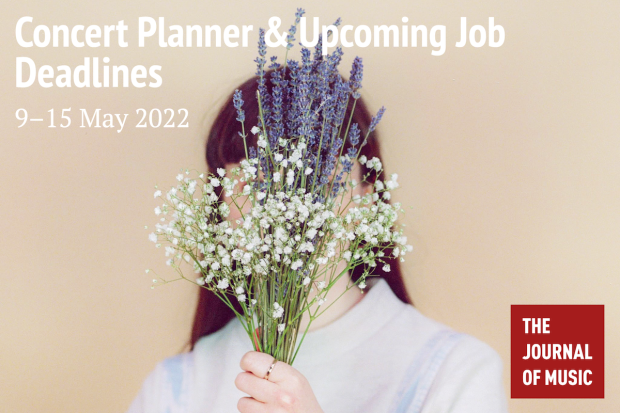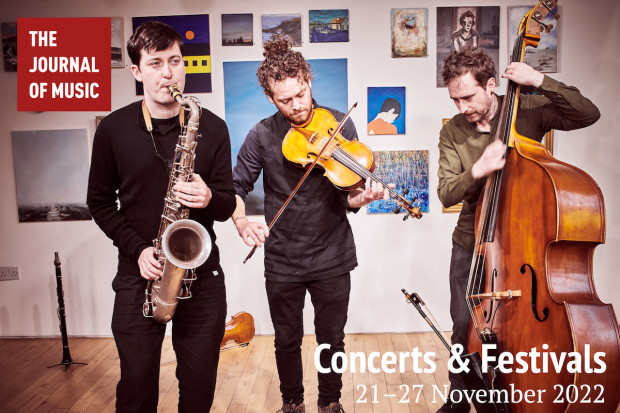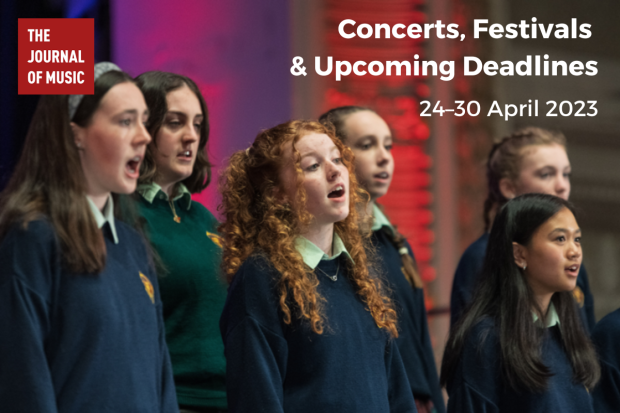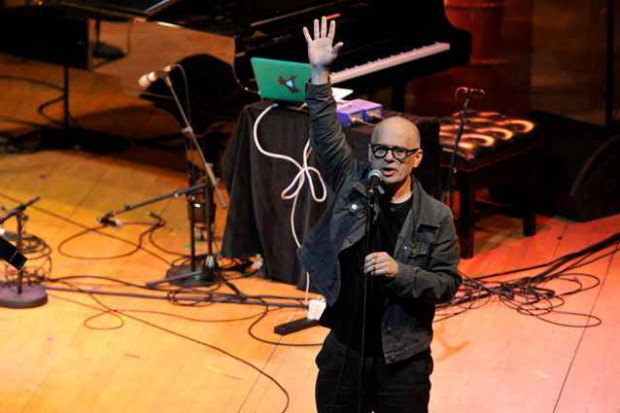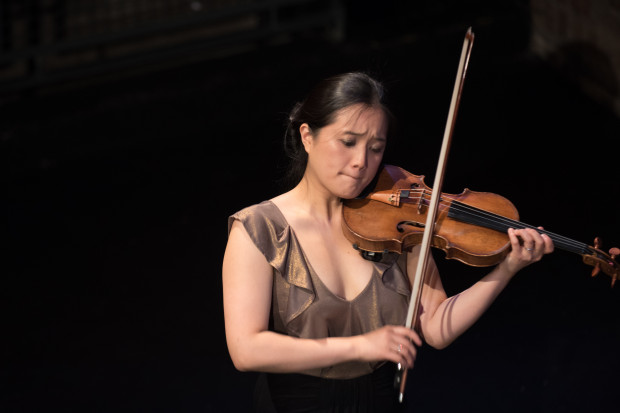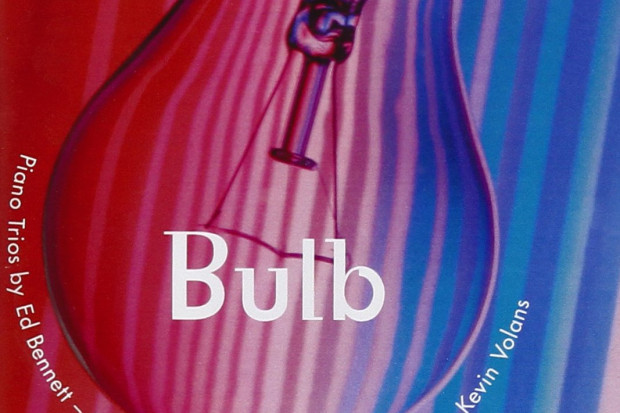Six Hours with Feldman
One of the genuine surprises of the Beckett Festival earlier this year was that it offered those who might be interested a very rare opportunity to hear the second string quartet of American composer Morton Feldman. Composer and writer collaborated in their own peculiar way on Neither (performed during this year’s RTÉ LMF), and Beckett later asked Feldman to write the music for the second version of Words and Music; one of Feldman’s very last pieces was a tribute to Beckett. The buzz in the foyer of the National Concert Hall before the event would remind you of the atmosphere as a group of trekkers prepare to head into the mountains. Indeed, some of the audience had brought sandwiches and drinks. They also expressed wonder (well deserved, as would become clear) for the physical and mental conditioning demanded of the musicians by this forbiddingly pauseless work – one that can take up to six hours to perform.
String Quartet II is not experimental in the sense that the players do not daub themselves with excrement or mutilate themselves or wander into busy traffic-lanes while playing a sarcastic version of ‘Faith of our Fathers’. It is experimental in an unprecedented way in that, by sheer length and other means, it destroys any possibility of conventional form. Feldman’s work tends to dissolve those hierarchies that underlie forms such as the symphony and the concerto. You can imagine a concerto as a whole: you step back from a particular note or chord in order to see the shape of a whole movement, and step back again to appreciate the shape of the work as a whole. But four hours into a continuous piece of music, the mind is baffled by the challenge of connecting this moment with what was happening three hours before.
The nature of the music itself further contributes to dissolving our normal sense of form and of time. The music will focus on a particular area (plucking, a little two-note motif, bowing) and work at it for a few minutes before moving on to the next, and the next, and the next… Some segments are lyrical or dramatic after a fashion, some grind obstinately at a detail, but no segment is more important than any other; here, repetition does not imply an architecture.
For the listener, the only thing to do is to give up the desire to dominate the experience and to enter a kind of mental/musical space in which the mind lays itself open to the material as it presents itself; to hear (and almost to see) the sounds emerging out of the silence and to appreciate their weight, colour and distinctiveness.
To get a sense of the experience, imagine an audience facing a canvas, not unlike the canvas on rollers that brings bread or biscuits along the production line in a factory, but vertical, blank at first, moving from right to left. At some point, in the shadows on the right, four artists, charcoal sticks in hand, begin to make marks on the endlessly unrolling canvas. The audience sit for hours and watch the patterns (simple, jagged, refined, dense, dotted, flowing, merging, separating…) that unfold and move steadily into the shadows on the left. The ideal audience would sit in absolute concentration until the patterns had slowed and given way again to blank canvas. Slowly, musingly, they would drift away with the memory of an experience that had defied memory.
There may have been a few members of our audience who were capable of such superhuman concentration. But this work of virtual time and space was also being performed by the four real members of the Pelligrini Quartet at a particular time (from noon to near six o’clock on Good Friday) in a particular space (the John Field Room), with its doors, its seating, its lighting, its acoustic, its individual hum) in front of particular people – the ones who came for a taste of the experience; the ones who came with people who were interested but were not themselves interested; the ones who knew what to expect; the one who wore tinkling anklets and came in and out several times; the ones who came for a while, left, but came back for the last hour or two; the one with the score; the ones who took breaks; the ones who didn’t; the one who sneezed; the ones who cleared their throats or coughed; the one who dashed across to the Conrad Hilton for a double espresso and found a more continuous weave to the last hour of the music; the ones who thought the NCH coffee was strong enough; the one who rushed out to answer a phone call; the ones who shifted from buttock to buttock; the ones who stretched their legs in front of them, but then sat normally before tucking their legs back under the seat and then starting again; the one who lay on the floor at the back for a while; the ones who wondered whether this was the best way to spend a sunny spring day in Dublin; the ones who thought doing this once was a worthwhile experiment; the ones who thought the whole thing was wonderful; and the one who arrived in exactly as Morton Feldman’s String Quartet II was finishing.
Published on 1 July 2006
Barra Ó Séaghdha is a writer on cultural politics, literature and music.










